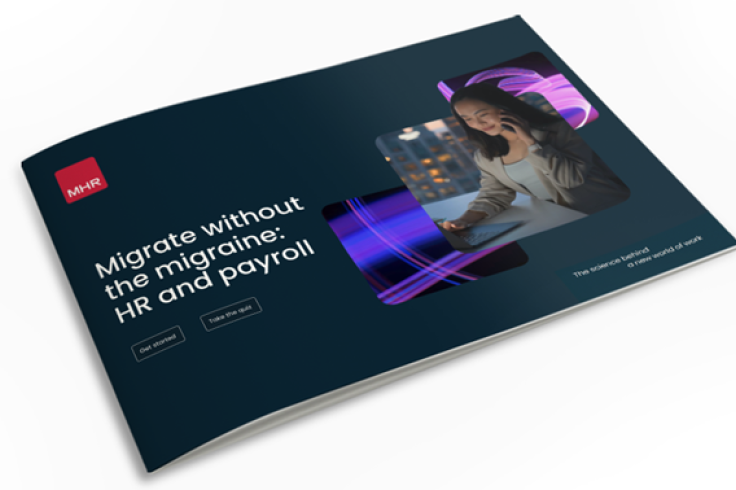Legacy systems can be a right pain in the neck! With security risks, a lack of scalability and the cost of maintenance, more organisations than ever are starting to understand the necessity of starting a digital transformation project. Nearly 77% have already started their journey.
But migration can seem like an even bigger pain, especially when you’re dealing with systems as vital to your day-to-day life as HR and payroll.
This guide covers everything you need to know about migrating to a new HR and/or payroll system. It covers top tips for every stage of the process, planning to evaluating, and give you the power to unleash your team’s true potential. It also includes a personalised quiz to help us understand your migration journey.
The three big worries about database migration
Time and costs
Without proper preparation, the costs of a database migration can quickly add up. Even disregarding the obvious immediate costs, there’s also the risk that your daily operations get interrupted. But with a clear plan and coordination between teams, you will end up saving a lot of money in the long run compared to maintaining a costly, ineffective legacy system.
Compatibility and other technical glitches
The last thing anyone wants is to face down technical issues as you wrangle multiple systems into one.
The best way to overcome this is by bringing in experts. MHR consultants make use of a range of tools to support you and ensure the solution you’re getting works exactly as you need it to with compatibility considered from the outset.
Risk to your data
Your data is precious, and the risk of its loss is a huge concern. However, there are loads of steps you can take to protect it, with a range of backup and recovery techniques that will give you complete peace of mind.
The top three benefits to migrate
Scalability
Legacy systems tend to be sluggish and slow to adapt. More modern systems are built with scalability in mind. That means they can account for both your current needs and your future needs without strain.
A single cloud strategy
When you bring your team onto the cloud anything is possible. All your data can be accessed from one place, you don’t have to stress about physical, on-premises systems that can cause all kinds of issues. Plus, maintenance is much easier when patches can be rolled out immediately.
Maximum security
Older systems don’t get patched as often, if at all. This leads to gaping holes in your cybersecurity, as bad actors can find these vulnerabilities and exploit them. By migrating, you’re ensuring you’re always one step ahead.

